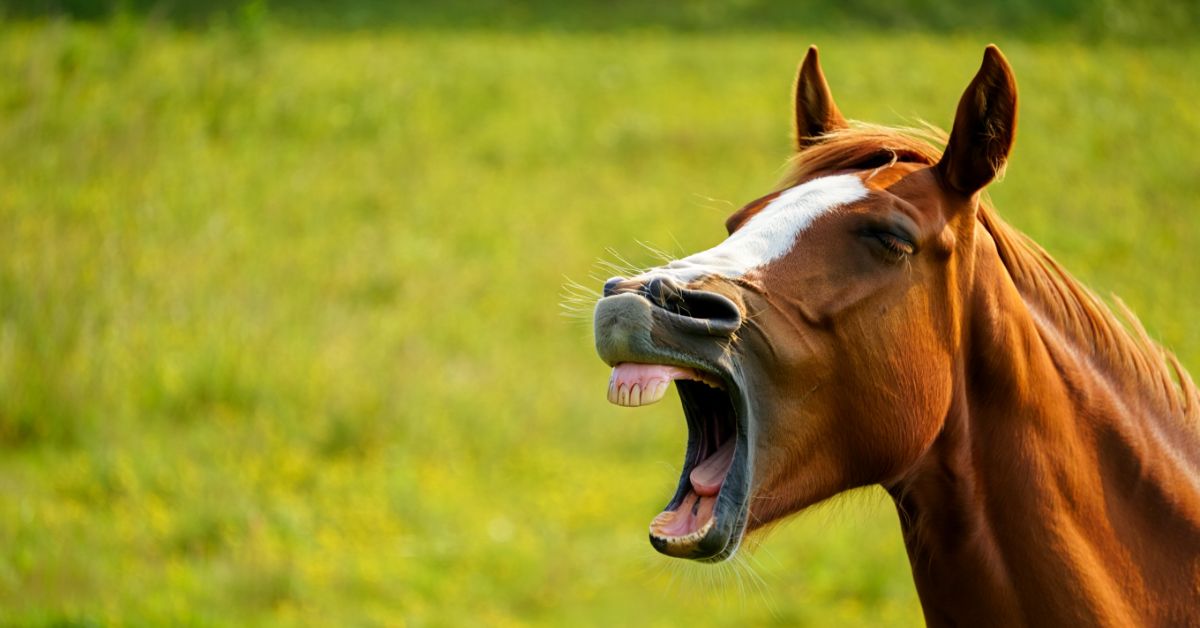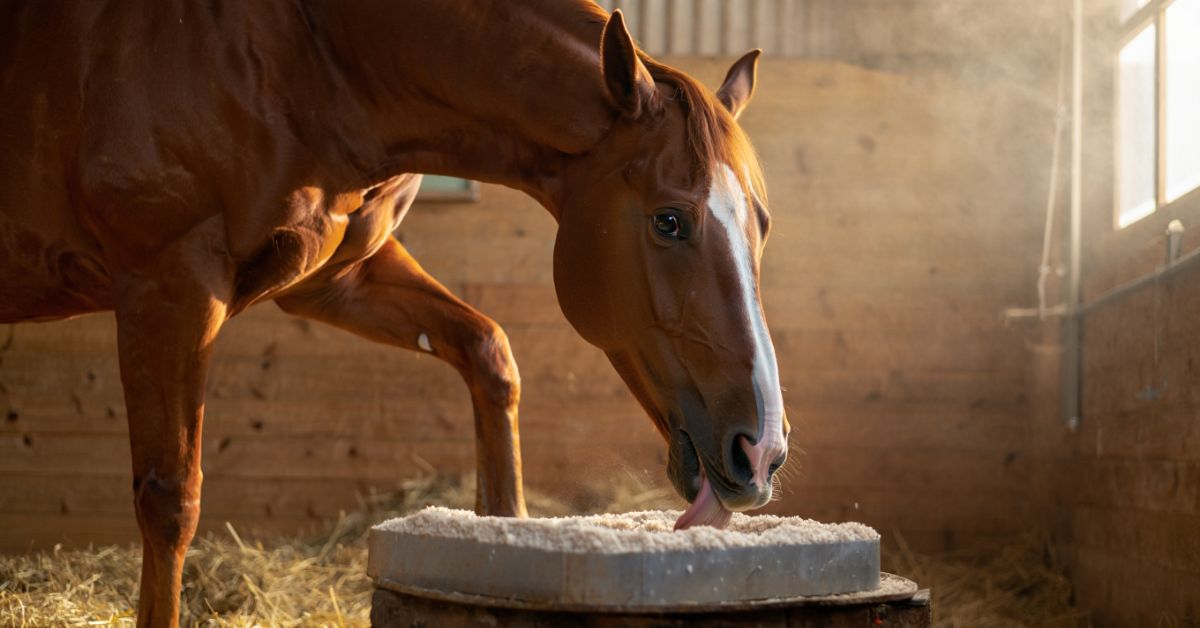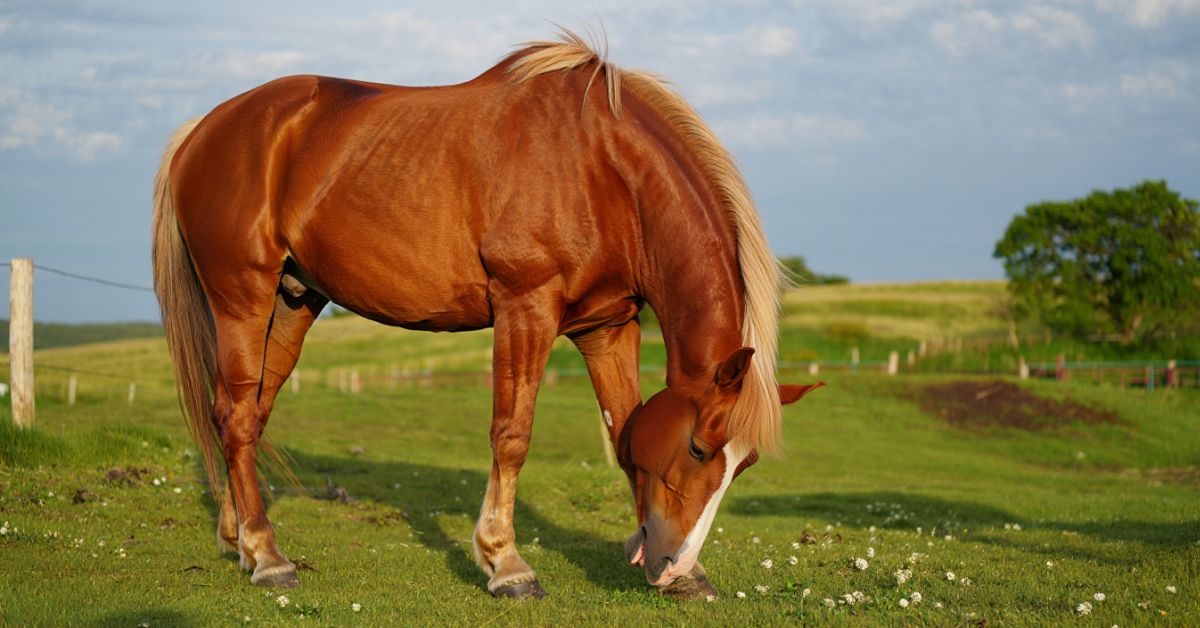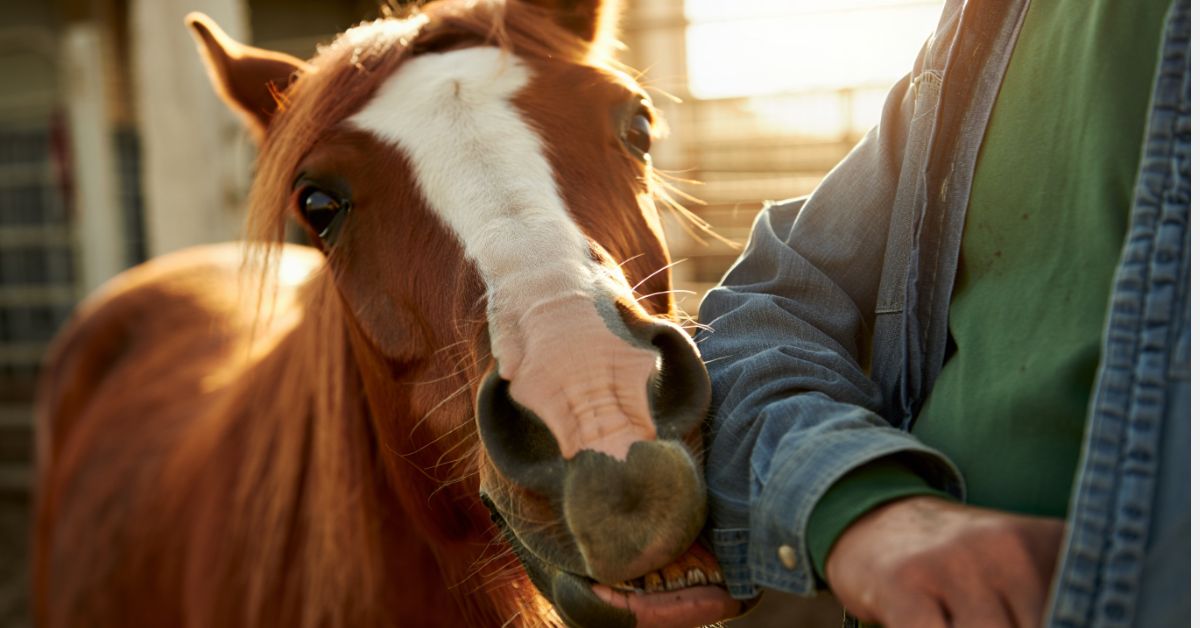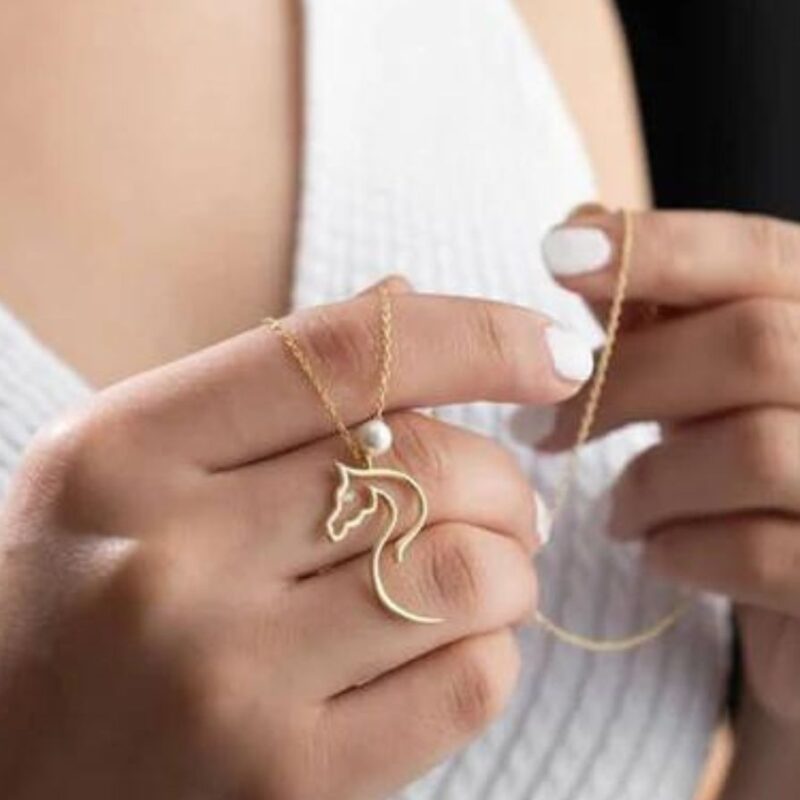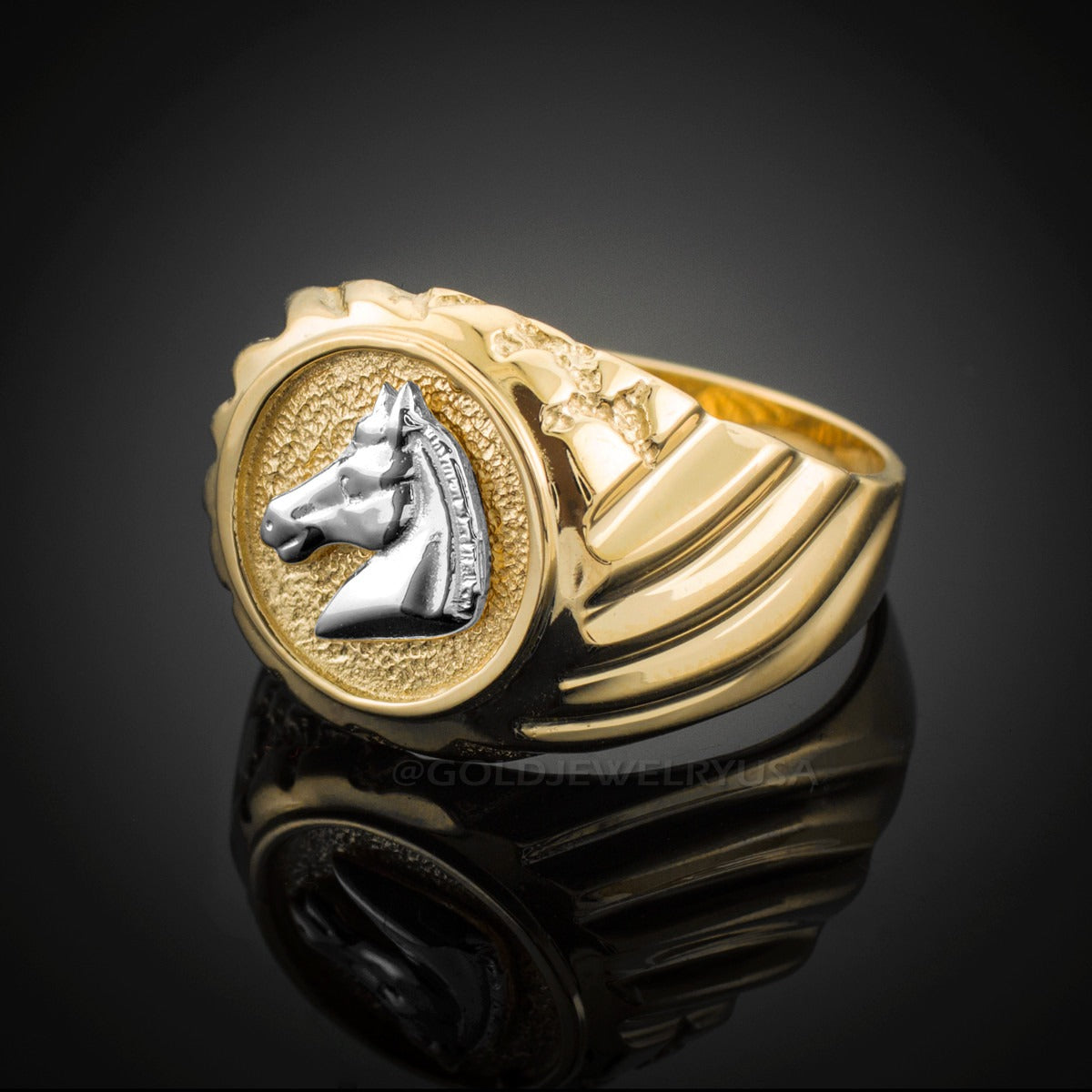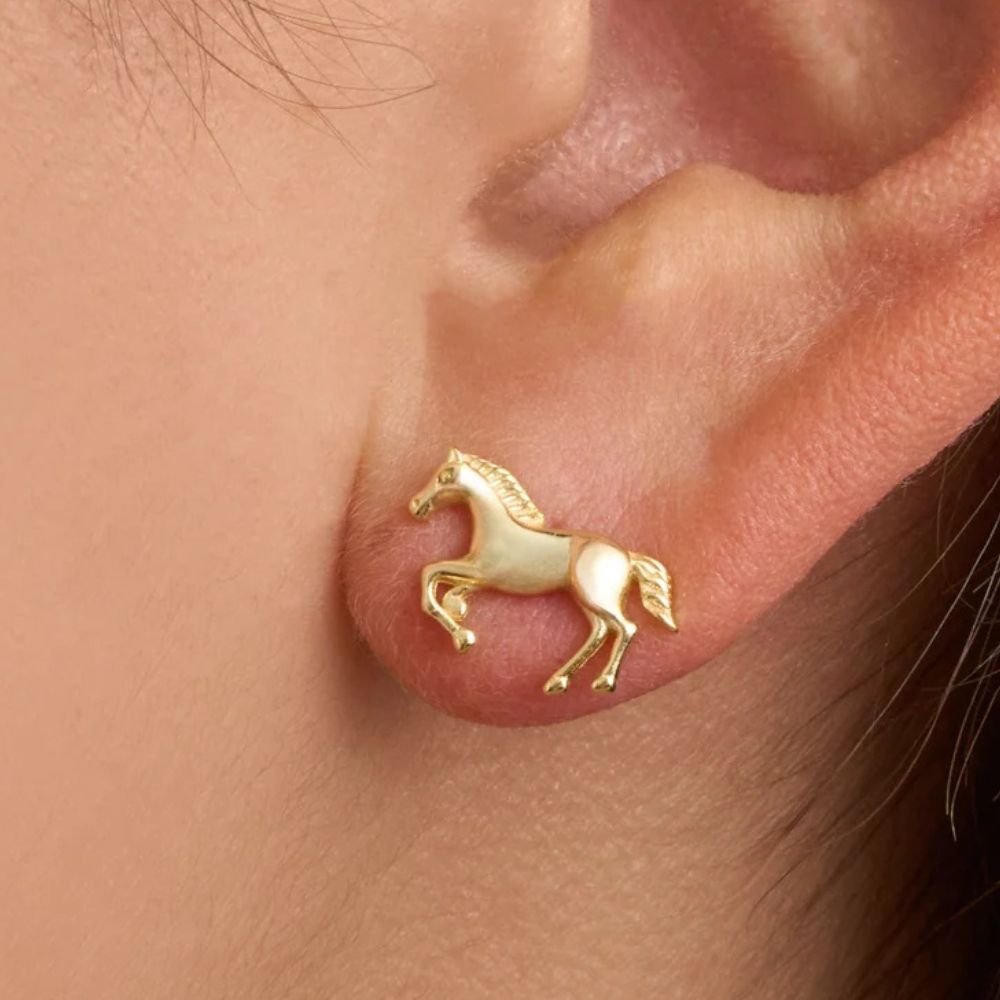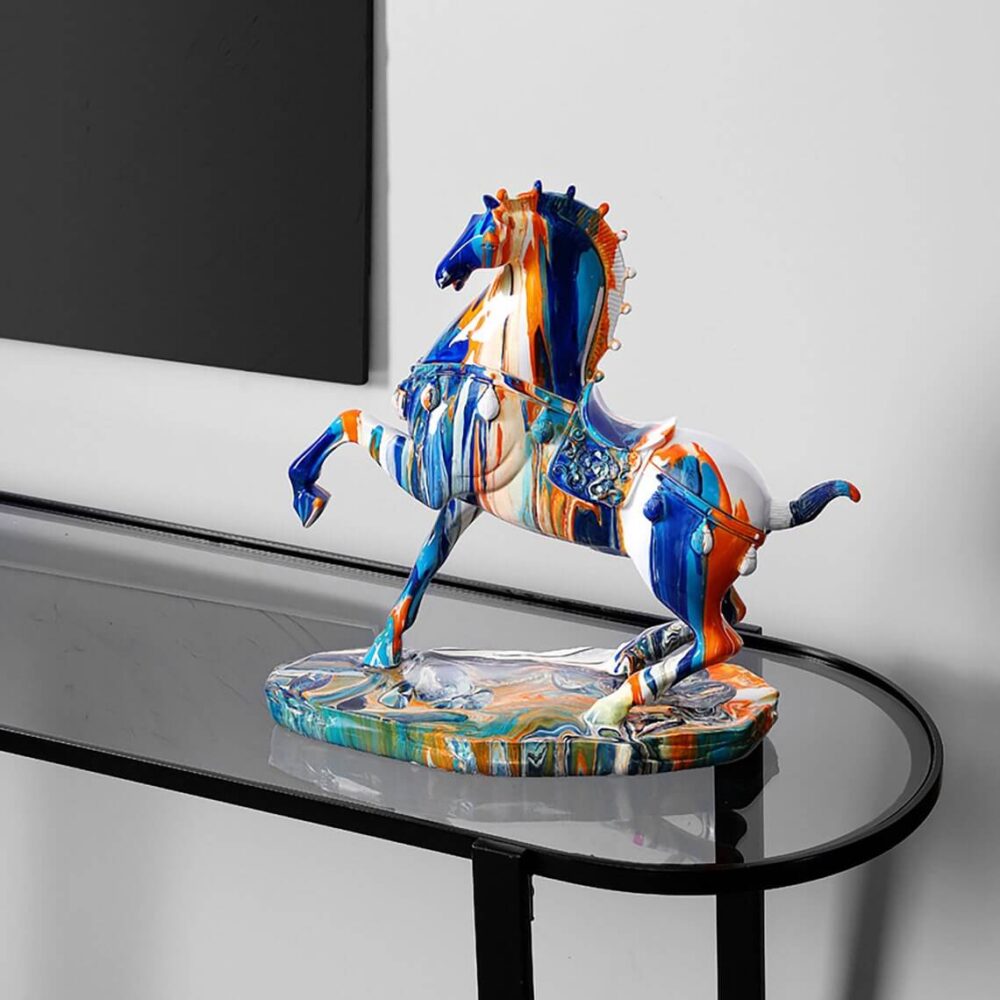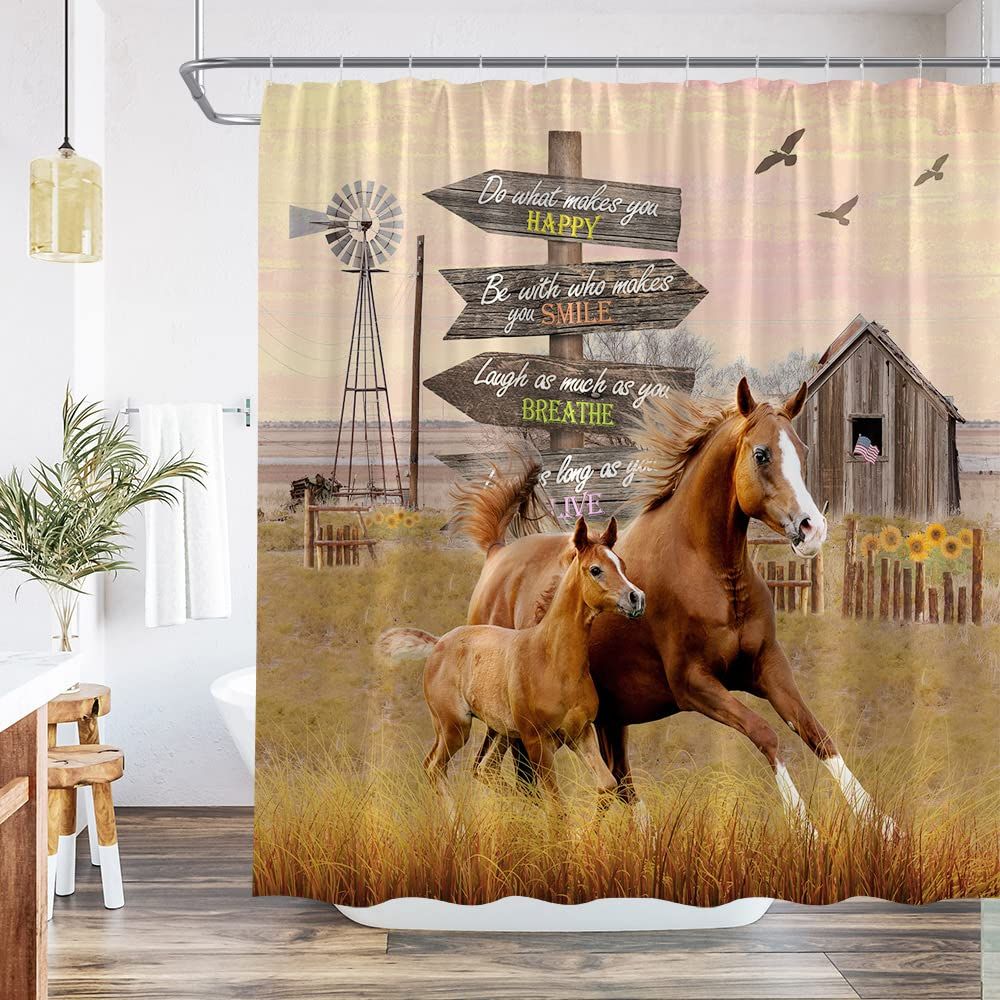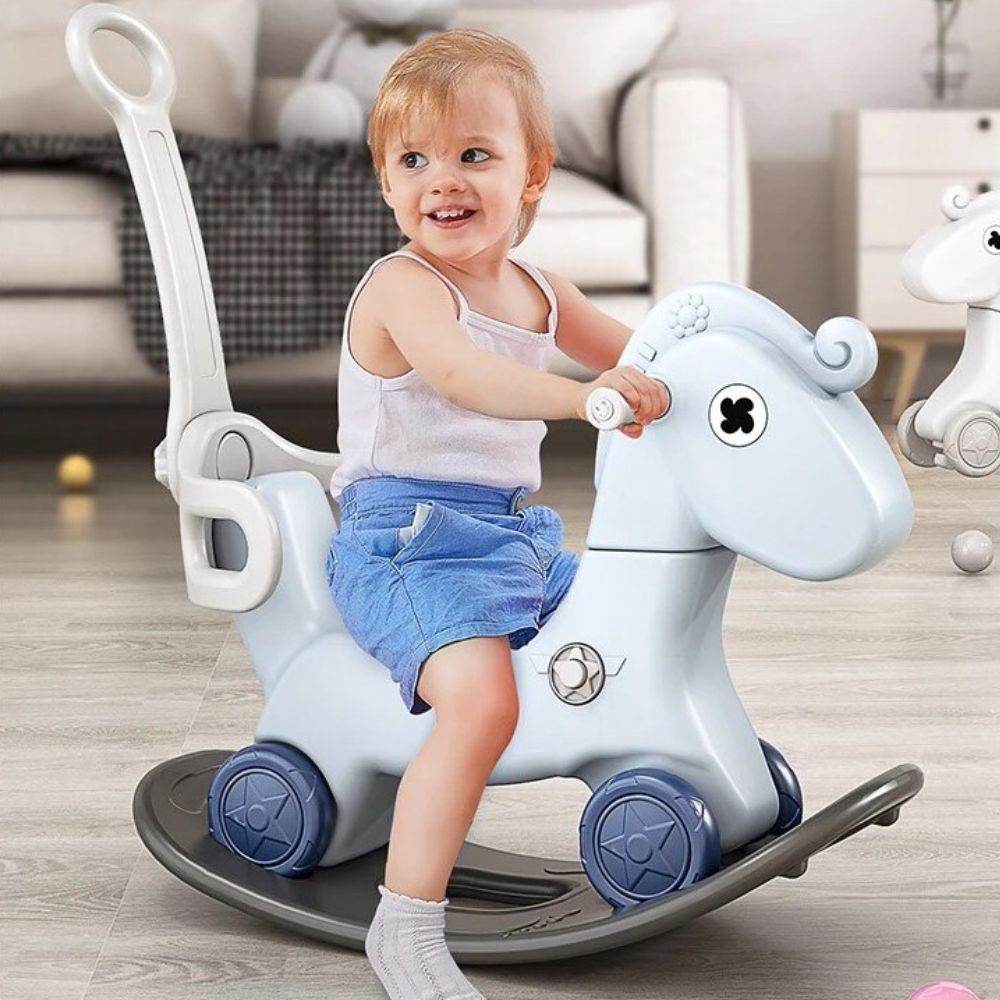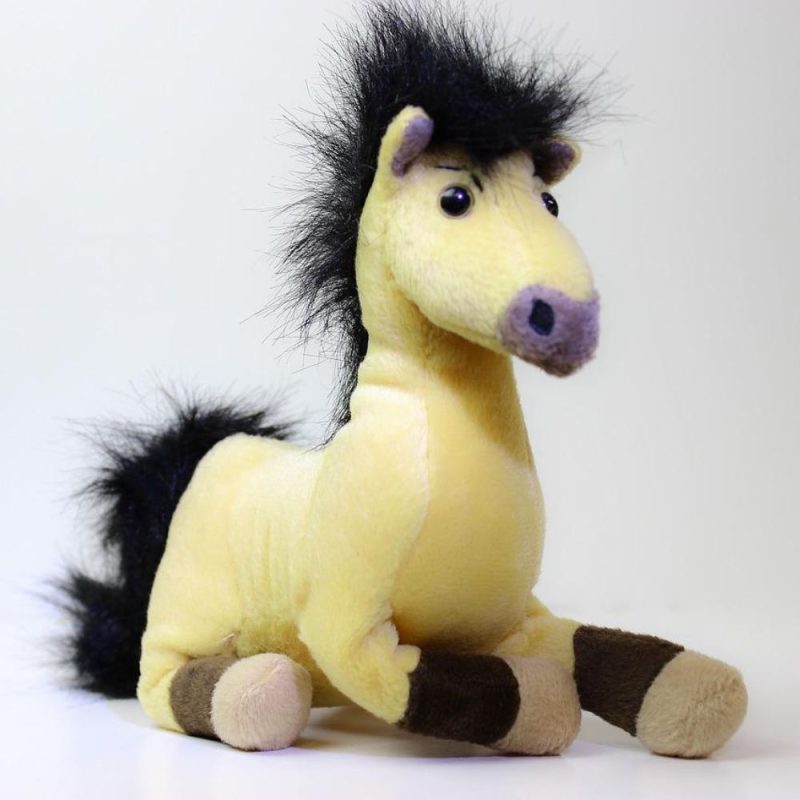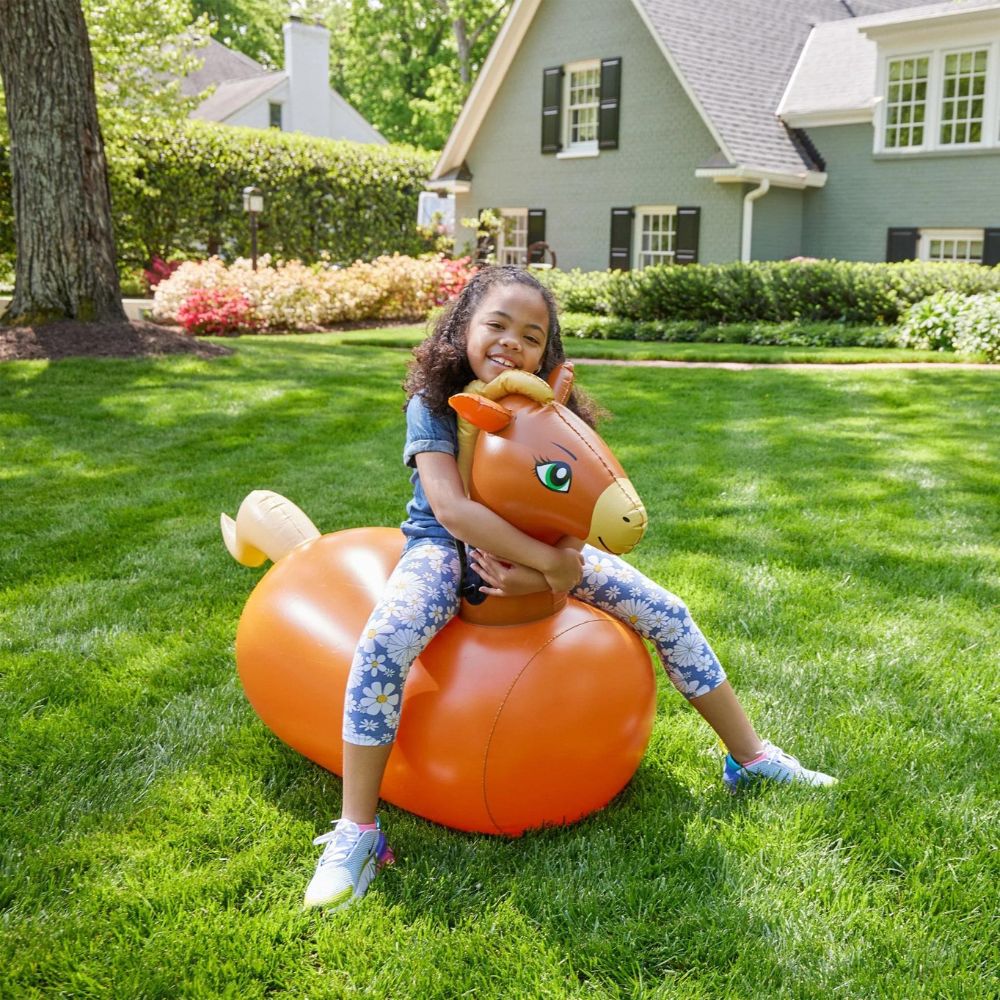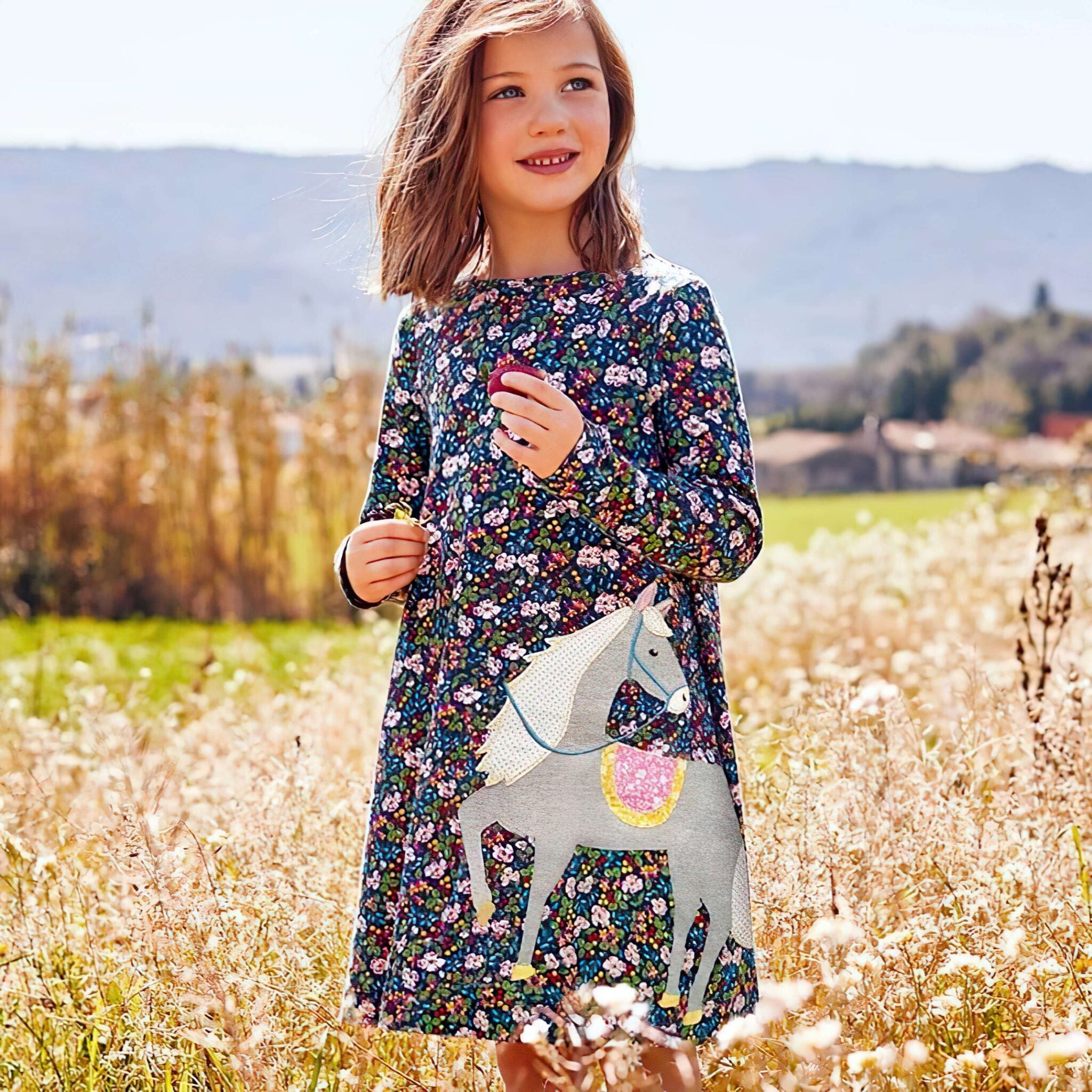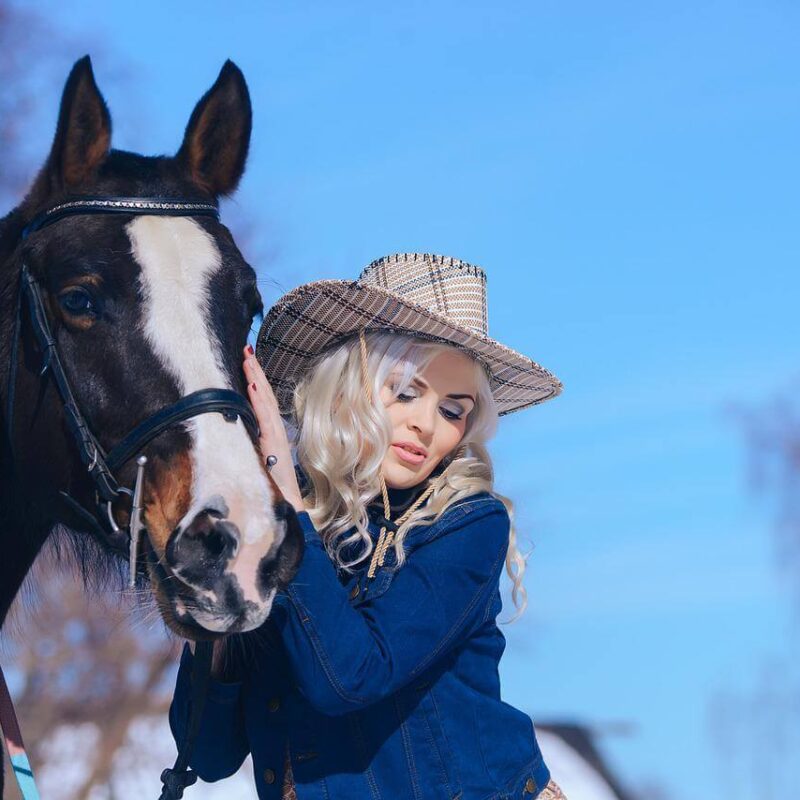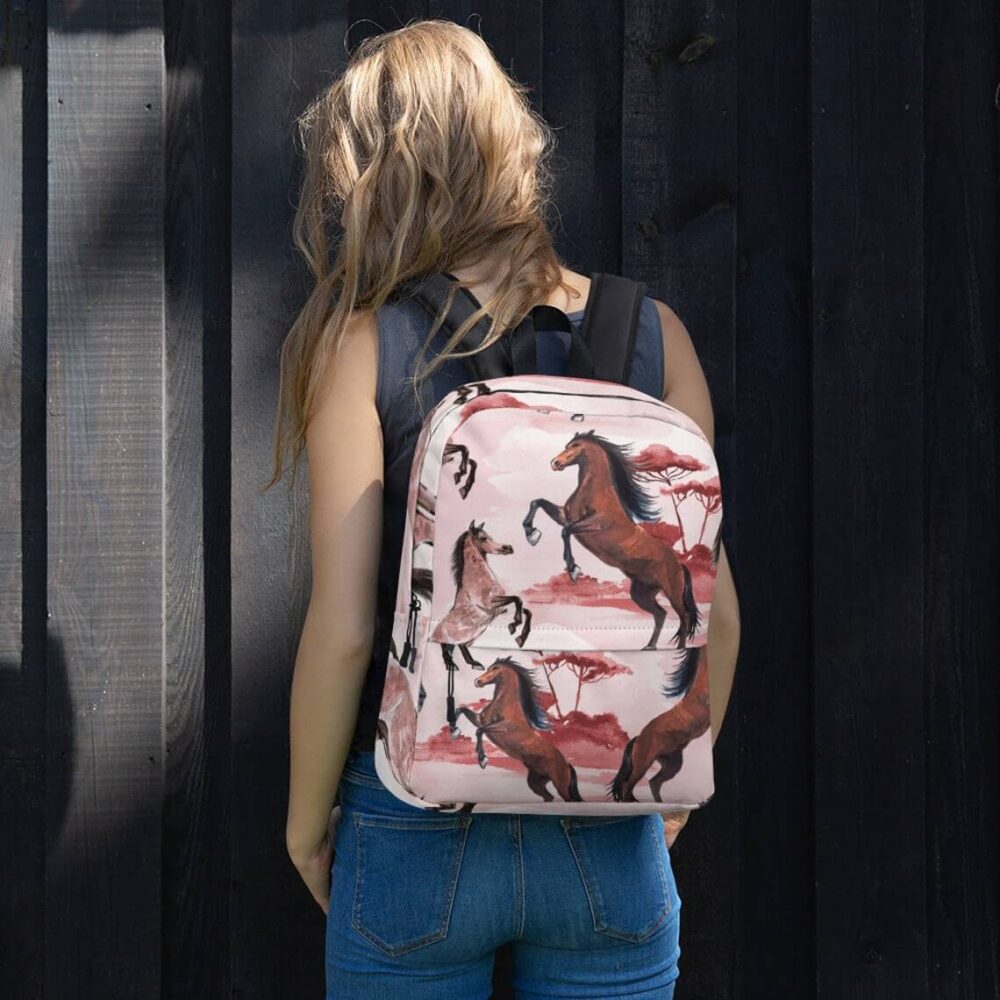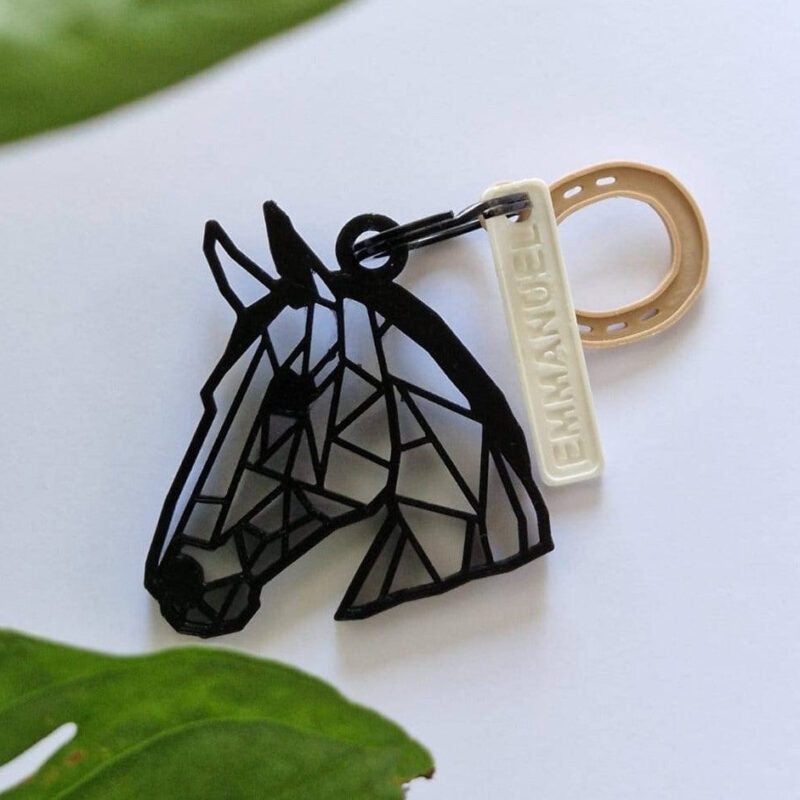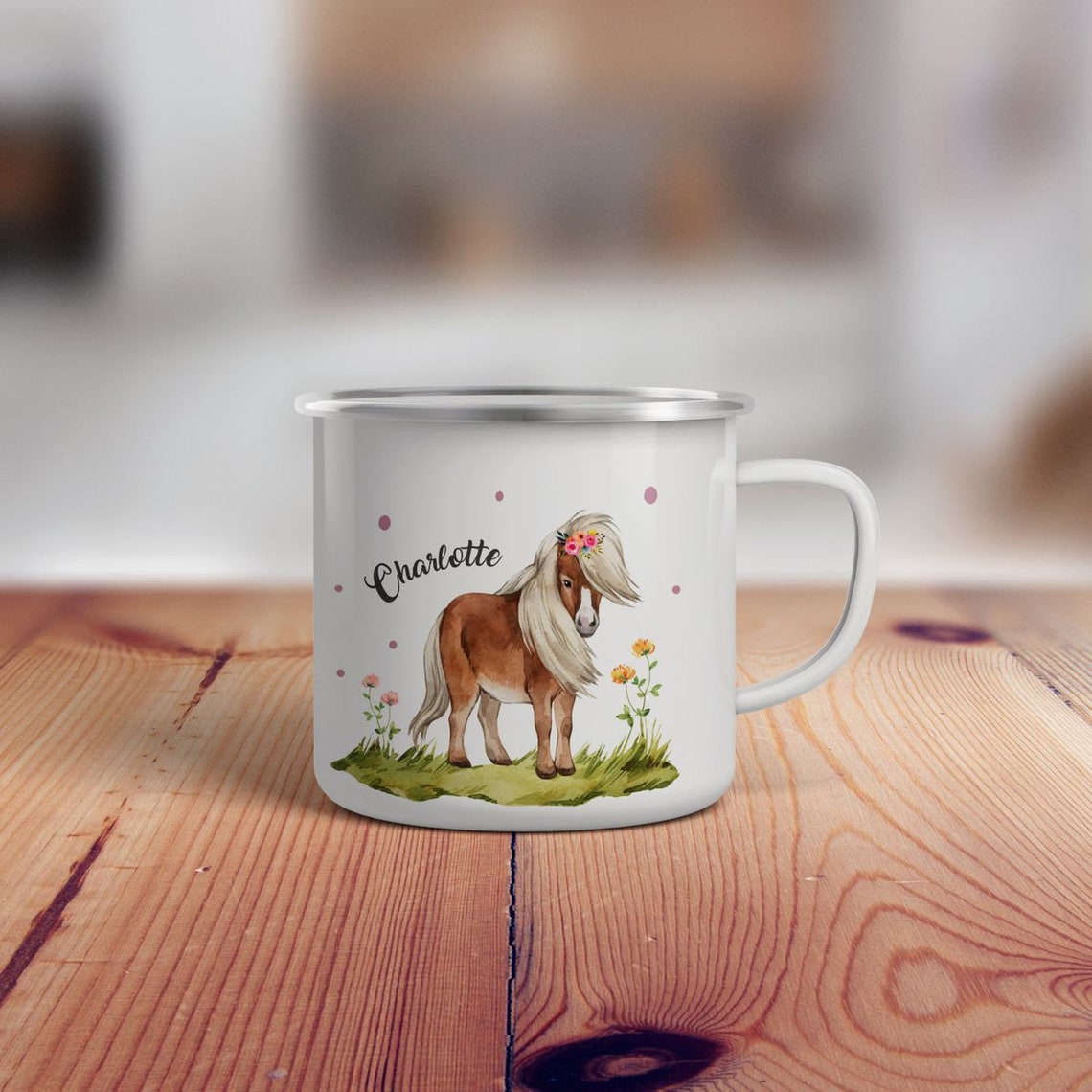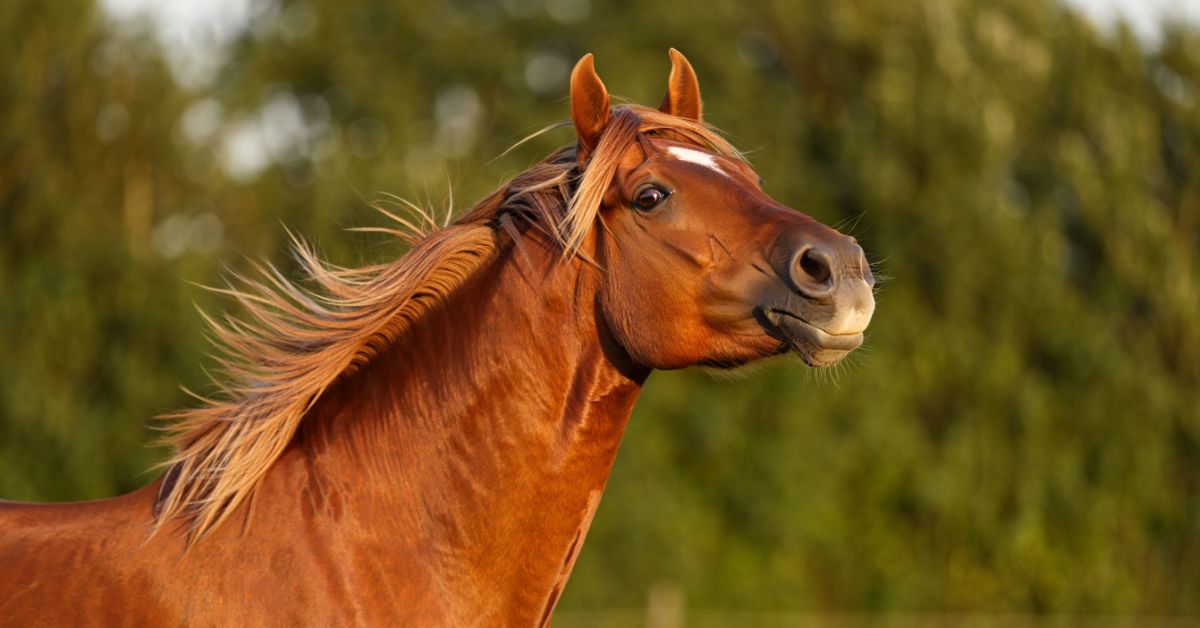
Why Do Horses Throw Their Heads? Understanding Equine Head Tossing Behavior
Why do horses throw their heads? This frustrating behavior can stem from multiple causes ranging from simple discomfort to serious medical conditions. Horses throw their heads as a communication signal, indicating pain, irritation, resistance to training, or even neurological issues like headshaking syndrome. The vertical head movement you're witnessing might be your horse's way of telling you something's wrong with their tack, they're experiencing facial pain in horses, or they're reacting to environmental factors. Understanding the root cause is essential before you can address it effectively. Whether you're dealing with occasional head tossing during groundwork or persistent behavior under saddle, identifying triggers through a proper diagnostic workup will help you and your veterinarian develop the right management strategies. As horse lovers, we at Dream Horse know how concerning this behavior can be, and we're here to help you decode what your equine partner is trying to tell you through their body language 🐴.
Common Physical Causes Behind Head Throwing
When your horse starts throwing their head, the first place to look is physical discomfort. Dental problems rank at the top of the list for why do horses throw their heads. Sharp edges on molars, wolf teeth, or hooks can cause significant pain, especially when bit discomfort compounds the issue. According to equine dental experts, approximately 60-70% of horses over five years old have some form of dental abnormality that could cause discomfort while being ridden.
Tack fit issues represent another major culprit. An ill-fitting bridle putting pressure on sensitive facial nerves, a bit that's too harsh or positioned incorrectly, or a noseband that's too tight can all trigger head tossing. Think of it like wearing shoes that pinch – you'd do anything to relieve that pressure, and so will your horse.
Pain-Related Triggers
Lameness and discomfort elsewhere in the body often manifests as head throwing. When a horse is sore in their back, legs, or neck, they may toss their head to redistribute weight or express frustration. Cervical vertebral issues can cause pain that radiates through the neck, making any contact with reins or pressure from a rider uncomfortable.
Upper respiratory infection and guttural pouch mycosis can also cause horses to throw their heads, particularly if they're having difficulty breathing or experiencing pain in their throat area. These conditions require immediate veterinary attention and proper medical treatment options.
Let me share what renowned equine veterinarian Dr. James Rooney once said: "A horse in pain will always tell you – you just need to learn their language."
Tack and Equipment Issues
-
Bit discomfort: Wrong size, style, or positioning causing mouth pain
-
Tack fit problems: Bridle pressure points, tight nosebands, or poorly adjusted equipment
-
Rein tension: Excessive or inconsistent contact creating resistance
-
Poorly fitted saddles affecting balance and comfort under saddle
The connection between proper equipment and comfortable riding can't be overstated. At Dream Horse, we understand the importance of quality equestrian gear, which is why we offer carefully curated accessories that celebrate your bond with your horse while prioritizing their comfort.
Neurological and Medical Conditions
Headshaking syndrome is perhaps the most challenging condition related to why do horses throw their heads. This disorder, affecting approximately 1-5% of horses according to 2023 veterinary studies, causes horses to shake or toss their heads violently and uncontrollably. The condition is often linked to trigeminal neuralgia, where the trigeminal nerve (responsible for facial sensation) becomes hypersensitive.
Understanding Headshaking Syndrome
Atypical headshaking can be seasonal or year-round. Many horses experience photic headshaking – sensitivity to bright sunlight that triggers intense facial pain in horses and violent head movements. This neuropathic pain condition can be absolutely debilitating, turning a previously calm ride into an unsafe situation within seconds.
Nose twitching and rapid, uncontrollable vertical head movement characterize this syndrome. Affected horses may rub their faces on their legs, refuse to go forward, or become dangerous to ride. The nociception (pain sensing) pathways are malfunctioning, causing the horse to feel persistent tingling, burning, or sharp pain without an actual external stimulus.
Diagnostic and Treatment Approaches
A thorough diagnostic workup by a veterinarian specializing in veterinary neurology is crucial. This may include:
Cranial nerve disorders evaluation through systematic examination
Allergy testing for pollen sensitivity and other environmental triggers
Examination for aural plaque (ear warts) that can cause irritation
Assessment through equine ophthalmology for eye-related issues
Medical treatment options vary depending on the underlying cause. Some horses respond well to nasal nets that reduce air turbulence in the nostrils, while others benefit from UV-blocking fly masks for sunlight sensitivity (photic headshaking). Medications like cyproheptadine have shown promise in managing symptoms, with success rates around 30-40% according to recent research from the University of California, Davis in 2024.
As Temple Grandin wisely noted: "Nature is cruel, but we don't have to be." Finding compassionate solutions for horses suffering from neurological conditions is our responsibility as caretakers.
Training and Behavioral Factors
Not all head throwing stems from medical issues. Sometimes why do horses throw their heads comes down to training issues or rider error. Inexperienced riders may unknowingly create resistance through inconsistent hands, rough contact, or confusing aids. Your horse isn't being difficult – they're responding to mixed signals.
Rider-Induced Head Tossing
Equine behavior experts emphasize that horses are incredibly honest about their comfort level. When we ask for collection before a horse is properly warmed up, use excessive rein tension, or ride with tense, bouncing hands, we create the very behavior we're trying to avoid. Think of it as someone yanking on your collar every few seconds – you'd protest too!
Training issues often develop gradually. A young horse learning to accept contact might throw their head as they figure out how to balance with a rider's weight. This is normal exploration, but if handled incorrectly, it can become a learned evasion. The key is patience and consistency in your ground work and riding program.
Poor riding position affects everything. If you're leaning forward, gripping with your knees, or using your hands for balance, your horse will throw their head in response to this instability. Professional instruction can help identify these subtle rider error patterns that contribute to head throwing.
Emotional and Environmental Factors
Stress and anxiety manifest in various ways, with head tossing being a common outlet. Boredom in stabled horses can lead to stable vices, including habitual head tossing that continues even during riding. Horses are social creatures designed to move constantly – confinement without adequate turnout or companionship creates tension that must be released somehow.
Allergies in horses to dust, pollen, or feed ingredients can cause nasal irritation leading to head shaking. Environmental triggers like flying insects, wind, or sudden noises might startle your horse into throwing their head. Understanding your horse's personality and stress responses helps you create better management strategies.
Show our equine partners how much they mean to us! Check out our exclusive gift for horse lovers collection featuring beautiful equestrian jewelry and décor that celebrates the incredible bond between horses and their humans 💝.
Seasonal and Environmental Influences
Why do horses throw their heads more in spring and summer? Seasonal headshaking affects many horses, with symptoms appearing or worsening during specific times of year. Research conducted in 2023 showed that approximately 60% of headshaking horses experience photic headshaking, where bright sunlight triggers their symptoms.
Light and Allergen Sensitivity
Sunlight sensitivity (photic headshaking) occurs when bright light stimulates the ophthalmic branch of the trigeminal nerve, causing intense discomfort. Imagine having a migraine triggered every time you step into sunlight – that's what these horses experience. The condition typically worsens between March and September when days are longer and sun exposure increases.
Pollen sensitivity and other allergies in horses peak during growing seasons. Just like humans with hay fever, horses can react to environmental allergens with nasal irritation, itching, and head shaking. Combined with increased insect activity, spring and summer become challenging times for sensitive horses.
Flies, gnats, and other insects buzzing around a horse's face naturally cause head tossing as they try to dislodge the pests. This normal protective behavior can become excessive if insect pressure is high or if the horse has heightened sensitivity.
Practical Management Solutions
Managing seasonal headshaking requires a multi-faceted approach:
-
Timing rides carefully: Schedule work for early morning or evening when sunlight is less intense
-
Using protective equipment: UV-blocking fly masks and nasal nets can reduce triggers significantly
-
Creating shade: Provide turnout areas with adequate shelter from direct sun
-
Fly control: Implement comprehensive pest management programs
The success rate for managing seasonal symptoms through environmental modification alone ranges from 40-60%, but when combined with veterinary interventions, improvement rates can reach 70-80% according to studies published in the Equine Veterinary Journal in early 2025.
Express your style and devotion to horses with our stunning collection of equestrian jewelry – because your passion deserves to shine as bright as your bond with your four-legged partner ✨.
Solutions and Management Strategies
Addressing why do horses throw their heads requires systematic problem-solving. Start with the most common and easily correctable issues before moving to more complex diagnoses. Your differential diagnosis process should work from simple to complex, ruling out obvious causes first.
Step-by-Step Problem Solving
Begin with a comprehensive veterinary examination covering dental health, equine ophthalmology concerns, and overall physical condition. Schedule this before making any assumptions about behavioral modification needs. Statistics show that 70-80% of head tossing cases have an identifiable physical cause when properly investigated.
Review your tack systematically. Have a professional saddle fitter evaluate your saddle and bridle. Try different bit styles – some horses prefer single-jointed snaffles while others go better in double-jointed or straight bars. Ensure your noseband isn't over-tightened; you should be able to fit two fingers comfortably underneath.
Evaluate your riding. Consider lessons with a qualified instructor who can identify rider error patterns. Video yourself riding to spot tension, balance issues, or hand position problems. Sometimes the solution is as simple as softening your contact or improving your position.
Long-Term Management Approaches
For horses with confirmed headshaking syndrome or trigeminal neuralgia, commit to long-term management strategies:
Maintain a symptom diary tracking when head throwing occurs, weather conditions, and severity. Patterns emerge over time that help you and your veterinarian refine treatment plans.
Consider medical treatment options including cyproheptadine, carbamazepine, or magnesium supplementation. Response rates vary, but many horses show 30-50% improvement with appropriate medication.
Implement behavioral modification techniques gradually. Positive reinforcement training helps horses associate cooperation with rewards rather than viewing resistance as their only option. Work with an experienced trainer familiar with head-throwing horses.
Adapt your riding schedule around your horse's triggers. If photic headshaking is the issue, ride during low-light periods. If insects are the problem, early morning rides before bugs emerge might be your solution.
Remember that managing neuropathic pain and cranial nerve disorders is often about improving quality of life rather than achieving a complete cure. Celebrate small victories and maintain realistic expectations.
At Dream Horse, we believe every horse deserves comfort and every rider deserves support. Our practical accessories collection offers essential equipment designed with both function and beauty in mind, helping you create the best possible experience for your equine companion.
Frequently Asked Questions on Why Horses Throw Their Heads
Why does my horse throw his head when I pick up the reins?
Your horse likely experiences bit discomfort or anticipates pressure based on previous experiences. This response under saddle often indicates dental problems, an ill-fitting bit, or rider error with hand position. Have your veterinarian check for sharp teeth, hooks, or wolf teeth. Ensure your bit is correctly sized and positioned. Work on developing softer, more elastic hands that follow your horse's mouth movement rather than pulling or restricting. Sometimes horses develop this habit from past negative experiences with harsh hands, requiring patient retraining through ground work and progressive behavioral modification techniques.
Can headshaking syndrome be cured?
Headshaking syndrome and related trigeminal neuralgia conditions currently have no definitive cure, but many horses achieve significant symptom relief through proper management strategies. Treatment success varies widely, with some horses responding excellently to medical treatment options like cyproheptadine or magnesium, achieving 60-70% symptom reduction. Others find relief through equipment modifications like nasal nets or UV-blocking fly masks for photic headshaking. The condition's complex nature involving neuropathic pain means treatment often requires trial and error. Working closely with a veterinarian experienced in veterinary neurology provides the best chance of finding an effective management protocol for your individual horse.
How do I know if head tossing is behavioral or medical?
Distinguishing between training issues and medical causes requires systematic evaluation. Medical head tossing typically appears suddenly, occurs consistently regardless of rider, happens even without tack, and intensifies under specific circumstances (bright light for photic headshaking, specific seasons for seasonal headshaking). Behavioral head throwing often correlates with specific riders, improves with different equipment, occurs mainly during certain exercises, and may have developed gradually. The presence of nose twitching, rubbing the face, or violent uncontrollable movements suggests medical issues like headshaking syndrome. However, many cases involve both elements – perhaps starting with bit discomfort that created anxiety, which persisted as learned behavior even after correcting the physical issue. A thorough diagnostic workup helps determine the primary cause.
What environmental triggers cause horses to throw their heads?
Multiple environmental triggers can cause head tossing behavior. Sunlight sensitivity (photic headshaking) affects many horses, with bright light stimulating facial pain in horses through nerve pathways. Pollen sensitivity and other allergies in horses cause nasal irritation particularly during spring and summer months. Flying insects buzzing around the face trigger natural defensive head shaking that can become excessive. Wind creating unusual sensations in the ears or nostrils may cause reactions. Sudden loud noises or visual stimuli can startle horses into head throwing. Temperature changes affect some horses, particularly those with upper respiratory infection or sinus issues. Even arena dust or specific footing materials might trigger reactions in sensitive horses. Identifying your horse's specific triggers through careful observation and record-keeping allows you to modify their environment and reduce stress and anxiety.
Should I continue riding a horse that throws their head?
Safety must be your primary consideration. Violent, uncontrollable vertical head movement from headshaking syndrome creates genuine safety risks – horses can strike riders with their heads, lose balance, or become completely unrideable during episodes. Continuing to ride through such episodes risks injury to both horse and rider. However, mild head tossing from correctable issues like tack fit or training issues can often be worked through safely while addressing the root cause. The decision depends on severity, cause, and your horse's overall behavior. Consult with your veterinarian about whether riding is appropriate during diagnosis and treatment. Some horses with managed neuropathic pain conditions can continue modified work successfully, while others need rest periods or permanent retirement from riding. Never risk your safety or worsen your horse's condition by forcing work during severe episodes. Consider alternative activities like ground work that maintain your bond without triggering symptoms.
Final Thoughts
Understanding why do horses throw their heads empowers you to become a better, more empathetic horseperson. Whether you're dealing with simple bit discomfort, complex headshaking syndrome, or something in between, your horse deserves patient investigation and thoughtful solutions. Remember that equine behavior is always communication – they're telling us something important through their actions.
At Dream Horse, we celebrate the profound connection between horses and their humans. Our carefully curated collections of equestrian jewelry, décor, and accessories let you express your passion every day. Assert your individuality as a horse lover and show the world what these magnificent creatures mean to you! 🐴💕
